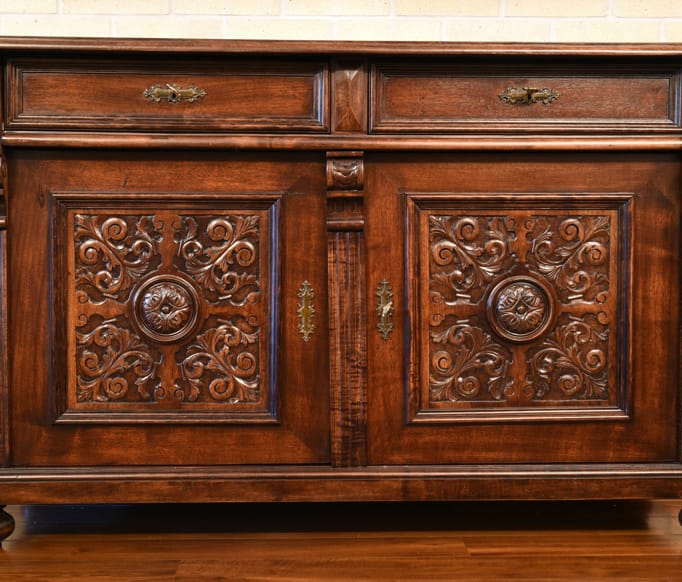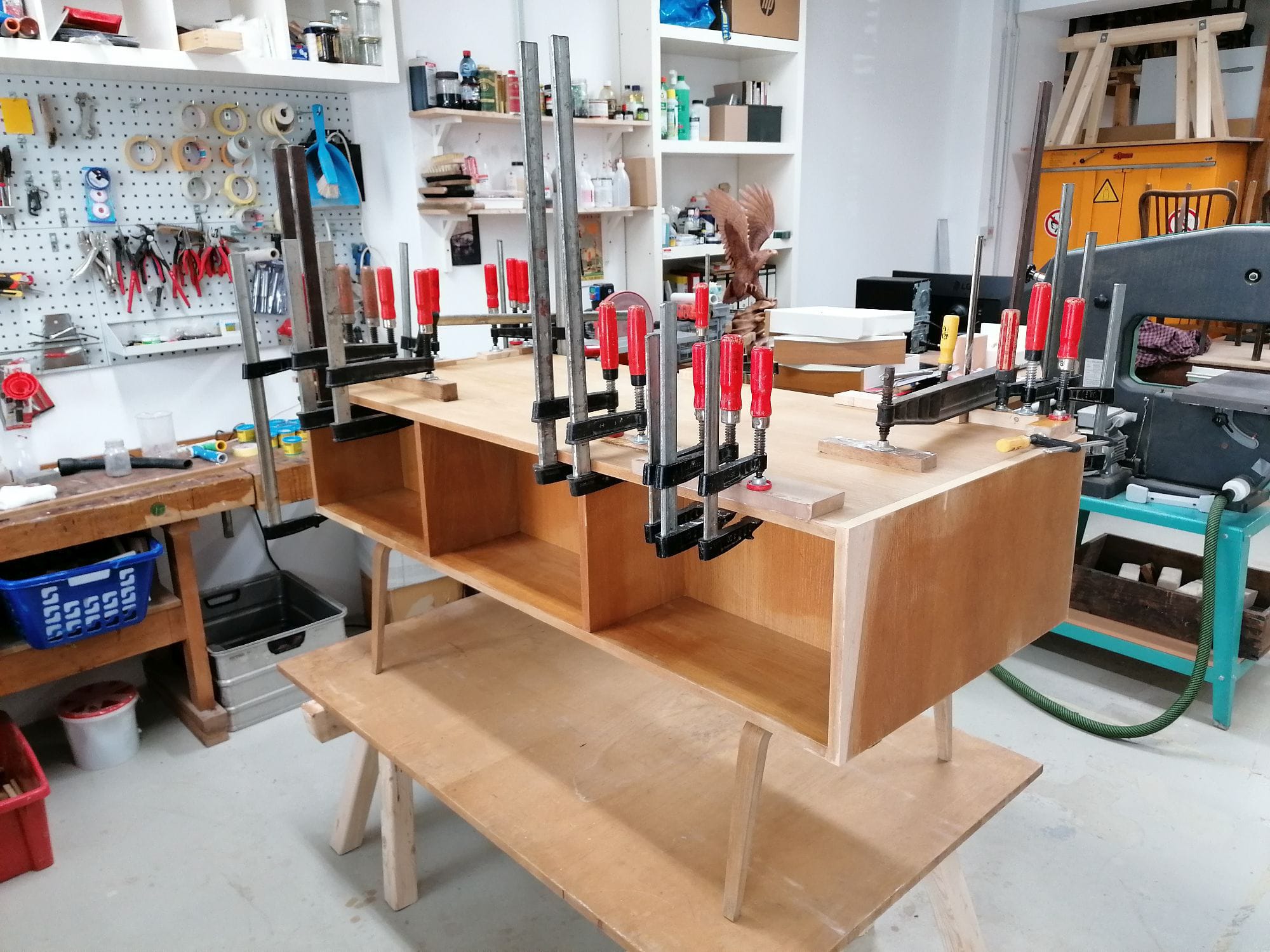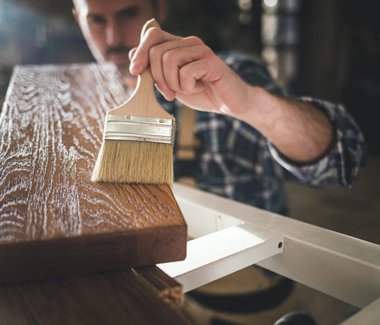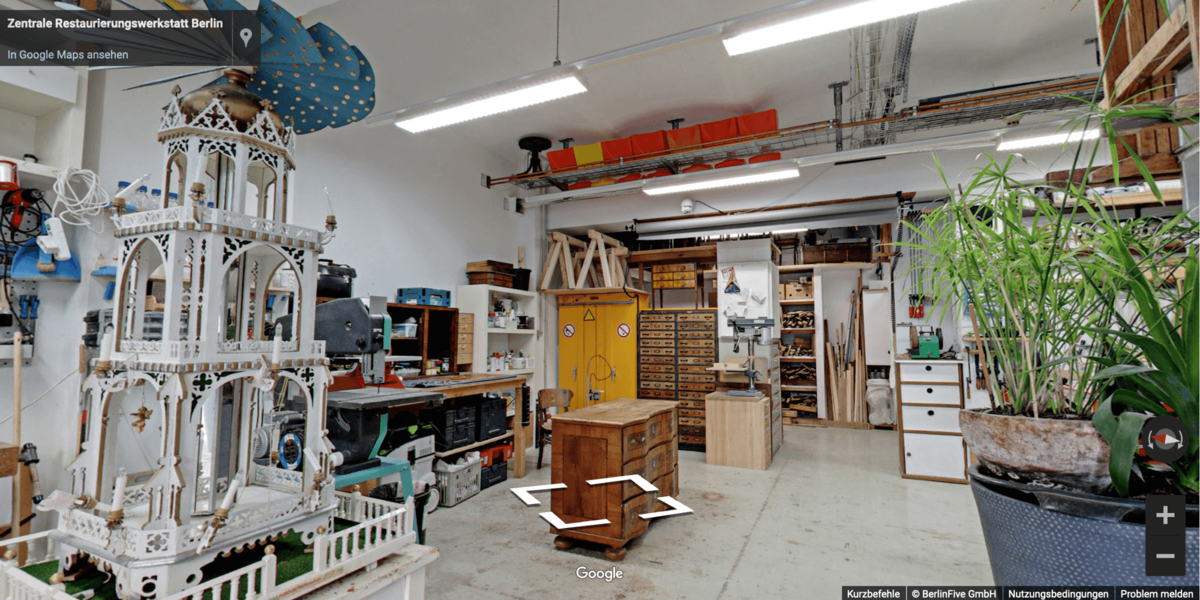Furniture Restoration.
Wood and furniture restoration Berlin
Specialists for the preservation of historical cultural asset
Historic and modern furniture as well as antiques and heirlooms carry a piece of history and thus always a touch of the special, the unique. As qualified restorers and carpenters at the 150 square metre Central Restoration Workshop Berlin (ZRW Berlin), we are passionate about breathing life back into them and preserving them for posterity.
In our restoration workshop in Berlin, we utilise our extensive knowledge of stylistic periods and their materials, historical constructions and techniques. From Berlin, we are networked throughout Europe with restorers and workshops specialising in other fields.
Whether furniture restoration, wood restoration, restoration of wooden room furnishings or sculptures, preventive conservation and more - you can rely on the expertise of our restoration studios in Berlin for your treasures!

ZRW Berlin's clients
private & institutional
Wood/furniture restoration for "private" clients:
- PRIVATE INDIVIDUALS
- Joineries
- upholstery shops
- Architects
- Interior designers
- Furniture designers
- Interior designers
- Furniture dealers
- Art dealer
- Art collectors
- Auction houses
- Antique dealers
- Artists
Wood/furniture restoration for "institutional" clients:
- Museums
- Building offices
- Monument offices
- Castle administrations
- Insurances
- Galleries
- Institutes
- Churches
Our open ear
Contact us now
- Would you like to restore an antique piece of furniture or have the authenticity of a wooden object or cultural artefact assessed?
- Do you need support for the professional transport of valuable objects?
For these and many other services, we are at your disposal as knowledgeable qualified restorers at the Central Conservation Studios in in Berlin and Brandenburg.
Simply arrange a viewing appointment with us and you will receive a detailed quotation with a fixed price within two days!
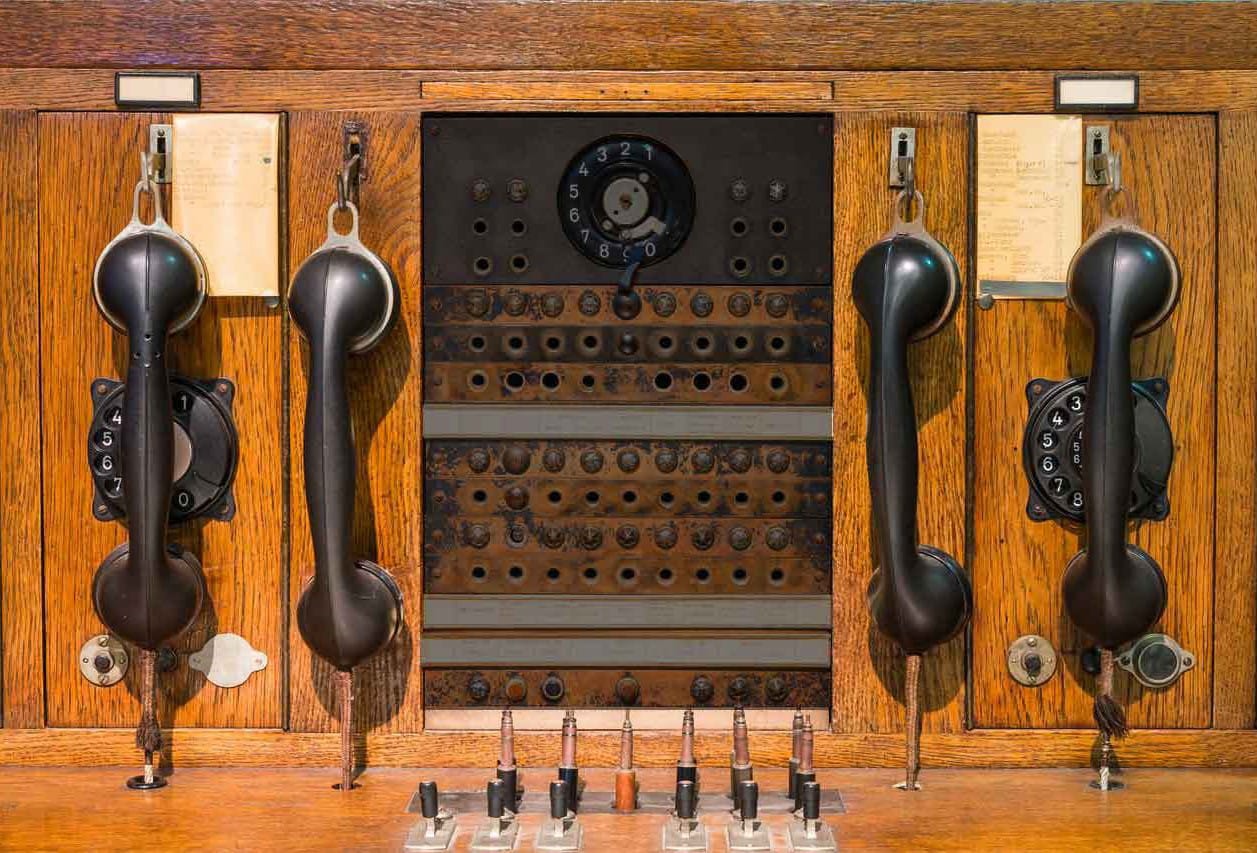
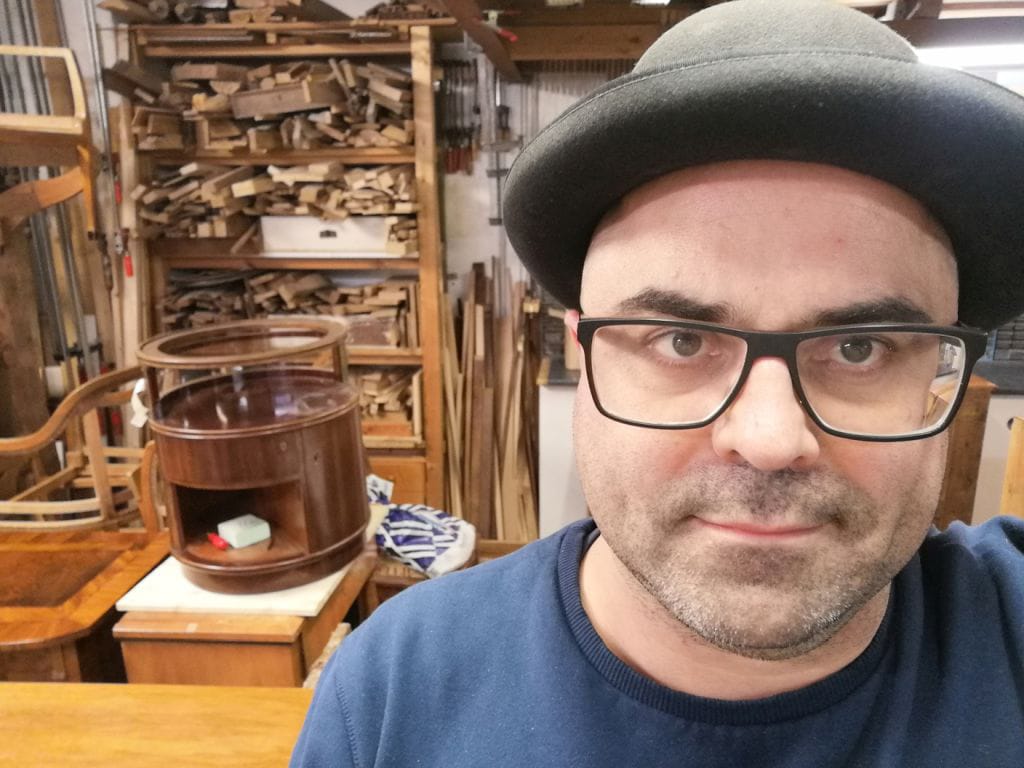
Central Conservation Studios Berlin
Know-how and passion for your cultural assets
The core competence of the Central Restoration Workshop Berlin is the restoration of historical and modern furniture as well as wooden objects and wooden room furnishings. Material analyses of works of art and cultural assets as well as the sale of Krah&Grote climate measurement technology round off our range of services.
The heart of ZRW Berlin is Philipp H. Westebbe: as a graduate restorer (Univ.) and carpenter, he has turned his passion for wood and furniture restoration in Berlin into a profession. Since 1996, he has combined scientific and technical knowledge with artistic sensitivity.
- Owner & CEO Philipp H. Westebbe [Cabinetmaker & graduate restorer (Univ.)]
In addition, various experienced freelance restorers provide expert furniture restoration and the transportation of valuable objects. These include:
- Thyl Feuerstein [Master carpenter & restorer]
- Nina Clermont [Cabinetmaker & restorer (B.A.) Cons. of wood]
- Jens Venske [Transporter]
A broad partner network of glaziers, ateliers, weavers, goldsmiths and silversmiths as well as interior decorators and more ensures that we can work out the right solution for every request.
Get in touch now!What is conservation as opposed to restoration?
What does conservation mean in general?
The conservation of furniture, archaeological objects, sculptures, paintings, murals, etc. is understood to mean the preservation of the current condition of the object. The aim of conservation is to stop and prevent the deterioration or permanent damage of a cultural asset. The term stands for all measures or procedures that examine, document, preserve or make legible the authenticity of the artwork in question, taking into account its history and age. The works of art must not be irreversibly altered in the process.
Quite simply, a conservation measure would be, for example, the re-gluing and stabilisation of a wobbly chair.
In addition to the conservation of furniture, wood and furniture restorers also deal with wooden objects and the wood used in their construction. In the preservation of historical monuments, wall panelling, parquet floors, choir stalls, sacristies, windows and doors, etc. are also conserved.
What does preventive conservation mean?
In contrast to restoration or reconstruction, preventive conservation is understood as the creation of an optimal environment without interfering with the substance of the furniture or cultural artefact. This includes measures for storing objects, maintaining constant climate values, relative humidity and room temperature in the environment. Attention is paid to low pollutant and light emissions and appropriate room hygiene conditions. Preventive conservation ensures that restoration work can be minimised or avoided. Preventive conservation protects works of art from damage and prevents deterioration.
Restoration cannot be prevented.
Restoration does not mean making something new again. An old condition is restored. There are different specialisms in restoration, depending on the works of art to be restored, the materials used and the techniques applied. "Restoration" defines the promotion of the object through all actions such as perception, appreciation and understanding. Appropriate measures are only carried out if a work of art has lost part of its function or meaning.
It is essential to respect the original as well as its history and reversibility. The replacement of decorations and the gluing together of a legless table through additions and/or reconstructions are two examples of restoration.
Conservation vs. restoration
In contrast to conservation, or preservation, restoration encompasses all the strategies used by restorers to stabilise the condition of a work of art. The aim is also to slow down the occurrence of future damage. Among other things, cleaning can be carried out as a conservation measure. In addition, there are interventions that can include both conservation and restoration, such as the application of a varnish coating, the deacidification of paper or the desalination of ceramics.
The Code of Ethics is internationally valid and sets out the guidelines for restoration and conservation.
Where did you get your qualifications for restoring furniture?
I love wood and old furniture. I have been professionally involved in the restoration of old and modern furniture, wooden objects and woodwork for over 27 years.
I received my first practical training as a wood and furniture restorer during my training as a carpenter in Vienna.This was followed by two years of practical training in a restoration workshop for furniture and wooden objects in Munich. I then successfully completed my degree in restoration at the Chair of Restoration, Art Technology and Conservation Science at the Technical University of Munich.
During the holidays of my nine-semester degree programme, I completed several internships abroad, including at the Victoria & Albert Museum in London and at the National Museums Liverpool.
After graduating, I worked as a trainee at the Deutsches Museum in Munich. I then worked for several years as a freelance restorer in the Munich area before moving to the Rathgen Research Laboratory - National Museums in Berlin.
I have been the owner & CEO of "ZRW - Zentrale Restaurierungswerkstatt Berlin" since March 2012.I have decades of experience in the above-mentioned fields and the relevant training qualifications to restore and treat your object in a scientifically sound manner.
As part of my professional affiliation with the Association of Conservators, I am committed to professional ethics, including the code of honour of international conservator disciplines, the Venice Charter.It dates back to 1964 and is regarded as a central, internationally recognised guideline in the conservation of historical monuments. It defines central values and procedures for the conservation and restoration of monuments.
The profession of conservator requires a predominantly scientific, material-technological, art-historical and artistic education. An aptitude for craftsmanship is a basic requirement.
As active custodians of local history and monuments, we are active both in our region and nationally and are strongly committed to sensible preservation with professional responsibility towards our cultural heritage.
Does furniture restoration and wood restoration have certain quality criteria and guidelines?
Of course, there are better and worse formulated guidelines for wood and furniture restorers.
Expectations of the results of a restoration are high. In many cases, clients expect restorers to give the objects they work on an as-new appearance or to achieve a clear "before and after" effect. However, this is not the intention of a professional restoration. A good restoration remains largely invisible. Contrary to what the Latin term "restaurare" suggests, restoration does not mean "to make new".
Restoration goes beyond conservation measures. Restoration is direct action on cultural assets. Its aesthetic, historical and physical characteristics are respected as far as possible. It means possibly making additions or reconstructions that must be subordinate to the historical object.
For a restorer of furniture and wood, the first requirement is that they have learnt the trade of carpenter or joiner. They then learn the scientific approach to professional restoration during their studies.Quality criteria and guidelines are borrowed from the professional standards and guidelines of the Association of Restorers.
The criteria of monument conservation are more narrowly defined than those of private restorers.
Anyone expecting a professional restoration should turn to a qualified restorer.Unfortunately, restorer is not a protected title in Germany. Anyone can restore, even without professional ethics and expertise.In the event of disputes about the result of the work, only the civil court can help.
What is the correct term? "Restauration" or "Restaurierung"?
What is the correct term when it comes to work on historical furniture or modern designer furniture? Is this a "Möbelrestauration" or a "Möbelrestaurierung"? Both sound very similar and have their origins in the Latin word "restaurare", which means "to restore" or "to rebuild".
"Restaurierung" is the right term if you expect a restorer to conserve and preserve your high-quality old furniture or modern designer furniture. Professional furniture restoration, with the greatest possible preservation of the surviving substance, is carried out by a specialised professional restorer of furniture and wooden objects. Most furniture restorers are carpenters or joiners by trade. They specialise in woodworking and processing. This is often followed by a course of study to qualify as a restorer (B.A.) or conservator (M.A.).
Of course, not only furniture is restored. The field of restoration includes the conservation and overall restoration of historical and modern cultural artefacts.
To be fair, however, it must also be said that the job title "restorer" is not protected, with the exception of Mecklenburg-Vorpommern (Restaurator Gesetz MV). There are therefore various opportunities to work as a restorer in Germany, even without specialised knowledge.It is therefore always advisable, even if a professionally correct restoration is not exactly inexpensive, to entrust your valuable historical furniture or precious designer furniture to a graduate restorer (Univ.) or graduate restorer (FH) (OLD DEGREE) restorer (B.A.) or restorer (M.A.) (CURRENT DEGREE).This degree is obtained at various universities, identifies the restorer (B.A.) or restorer (M.A.) and is generally also used with the name to emphasise his or her professional competence.
In contrast to the correct professional terminology used today, most laypeople often speak of "furniture restoration", which is not correct in terms of educational language!Today, the term "restoration" no longer has anything to do with the conservation and restoration of high-quality old objects.
… and "Restauration"
In contrast to restoration, "Restauration" is a historical term. In historiography, it means the restoration of an earlier political state or an earlier form of rule. In the years 1815-1830 we had the age of restoration.These were the years following the Congress of Vienna.Geographically, the term is limited to the federal states of the German Confederation, which was founded at the Congress of Vienna in 1815.
In political terms, the era of the Vormärz and the small French revolution was characterised by the rise of liberalism and nationalism in a climate of persecution and oppression. The strongest force behind the idea of restoration were the powers of the so-called Holy Alliance, which included Prussia, Russia and Austria.
The term "Restauration" is still, or again, used to describe a restaurant. The Latin term "restaurare" is also used in the catering industry to mean "restoring physical strength" or "refreshment".This is where the word restaurant comes from.Restaurateurs are increasingly using the word restauration to emphasise the actual meaning of a restaurant visit, the refreshment and revitalisation of strength, and to refer to tradition.
In France, a restaurateur is the owner of a restaurant, the innkeeper or a caterer. This word is also still in use.





